March 25, 2018
Is Mark Zuckerburg, Facebook, behaving like a “Bad Actor?” Facebook has proven that it is a commercial giant. Facebook has proven to be a major facilitator for an expanding group of “bad actors” around the world. The Facebook brand is suffering major trust issues with its vast community. While CEO Zuckerberg releases carefully worded press releases, investigators have exposed the company letting foreign “bad actors” meddle in the 2016 presidential campaign and a massive subscriber, 50 million subscribers, privacy breach used by the Trump for president campaign. The Facebook brand is suffering real perceptual issues around trust, integrity, accountability, journalism, and mean-spirited behavior. Elon Musk isn’t the only one pointing to a movement of #deletefacebook.
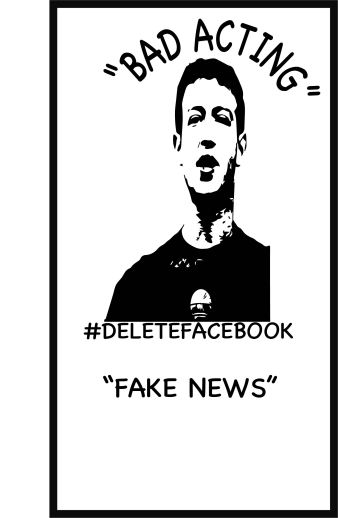
What does Facebook have in common with BP Gulf oil spill (British Petroleum)? Nothing, they both did harm to our environment, but BP spent $61.6 billion to satisfy local and federal. Was Mark Zuckerburg alarmed that Facebook was the primary technology used to influence voter sentiment in the 2016 presidential election? To date, Facebook’s actions don’t instill confidence.
When Facebook wants to compete with an opposing threat, it brings out the resources to dominate the competition. Instagram versus Snapchat after Snapchat turned down multi-billion dollar offers to purchase the start-up. This post isn’t challenging what Facebook could do. It is pointing out that it isn’t giving the 2016 election meddling more than lip service. Rest assured the federal government has tried to convince Facebook to clean up a mess that the company helped create (self-governance). However, Facebook isn’t placing ethics as high a priority as commerce.
The Facebook’s newsfeed changes proposed by Zuckerburg was a public relations strategy to deflect accountability by saying Facebook would turn the editorial decisions over to local news outlets is a misdirection move.
“I care deeply about the democratic process and protecting its integrity,” Facebook’s chief executive, Mark Zuckerberg.
What are the types of threats that get you on the “bad actors” list against the United States? We acknowledged oil spills. Anyone supporting terrorism. Allowing foreign enemies to sabotage democracy by using free speech to influence political outcomes.
Facebook can proclaim to be just a technology platform, not a controller of journalism. However, if Facebook allows its technology to manipulate elections, is America in danger of letting a free-speech debate hurt democracy? To be clear, Russia is only interested in doing harm to the American way of life.
Congress just used its power to essentially block a foreign acquisition of Qualcom for reasons that relate to China’s interest in dominating the global smartphone industry. Is there any doubt that China wants to dominate the United States?
For the first time in American history, our presidential election was sabotaged by a foreign “bad actor.” What has Facebook done to prevent election tampering from happening? The announcement that Facebook would share the ads with the Senate and House intelligence committees came after the social network spent two weeks on the defensive.
The strongest argument from Facebook management was that “fake advertisements” ran after the election too so the sponsor’s motive was most likely something other than influencing the election.
“The main goal of the Russian propaganda and misinformation effort is to divide America by using our institutions, like free speech and social media, against us. ”Facebook required a subpoena to turn over files requested for a congressional hearing. In response to “fake news”, Facebook has said it will hire human beings to review content and advertisements.
If Facebook’s claims of really not being capable of correcting the manipulation of its technology, the government needs to step in. The Federal Communications Commission has spent decades updating rules of political advertising.
On sponsorship identification, the FCC focused on third-party ads, requiring that broadcasters make an inquiry as to the complete set of executive officers or the complete board of directors of any sponsor.
Facebook has bent over backward to find ways to get its technology into China. China’s demands prove that Facebook can use its limitless technology capabilities to play within rules. Free speech is not challenged by a law that says you can’t go into a theater and yell fire as a prank. Facebook is a massive “theater” and someone is yelling fire to disrupt the governance of the United States. For that and its continued inaction to avoid future incidents in political elections, Mark Zuckerburg and Facebook look like, and act like, “Bad actors.” Are we going to see a repeat of tampering in 2018 mid-term elections similar to the 2016 presidential election? It is going to require more action than moral indignation from Facebook.
Keep the conversation alive. Please Share or Comment
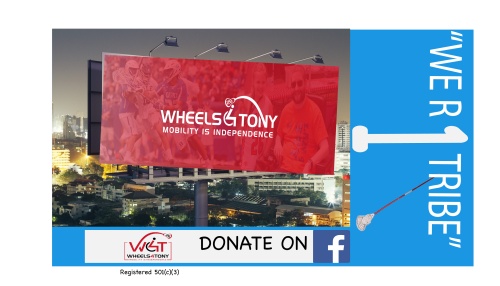

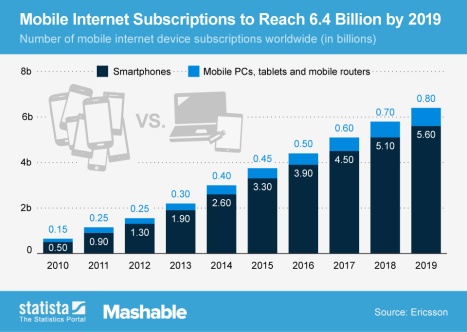
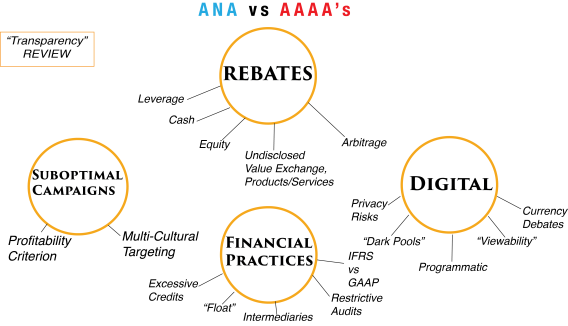
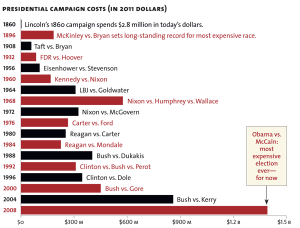
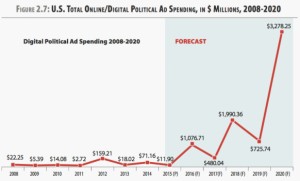




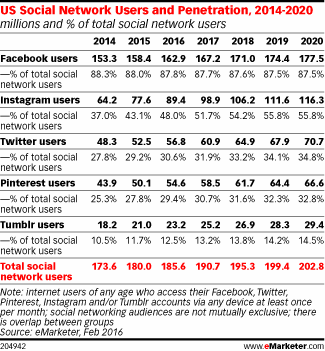
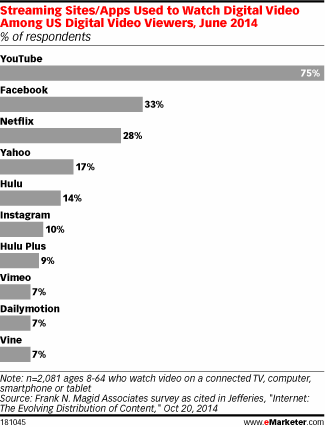
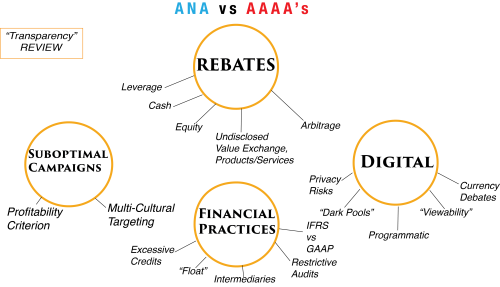 The AAAA’s released guidelines for a select set of issues in response to allegations of
The AAAA’s released guidelines for a select set of issues in response to allegations of 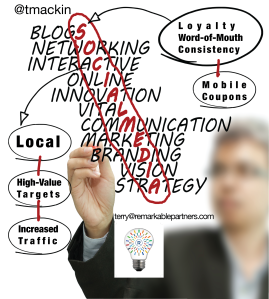 Whether B2B or B2C, sales management commands salespeople or business development people to think-outside-the-box to create incremental or new sources of revenue. Contemporary thinking has replaced “OOTB” with innovation. Sales managers are right to point towards innovation to create “new business” and salespeople are appropriately asking for more specific guidance or at least resources to “mine those hills.” Local newspapers, radio stations, TV stations, local cable/telco/DBS who depend on advertising for revenue know that account attrition is inevitable, downward rate pressure is the norm so what do the innovators do to create a steady stream incremental revenue? Here are the 5 Top trends for local sellers to build new revenue channels:
Whether B2B or B2C, sales management commands salespeople or business development people to think-outside-the-box to create incremental or new sources of revenue. Contemporary thinking has replaced “OOTB” with innovation. Sales managers are right to point towards innovation to create “new business” and salespeople are appropriately asking for more specific guidance or at least resources to “mine those hills.” Local newspapers, radio stations, TV stations, local cable/telco/DBS who depend on advertising for revenue know that account attrition is inevitable, downward rate pressure is the norm so what do the innovators do to create a steady stream incremental revenue? Here are the 5 Top trends for local sellers to build new revenue channels: